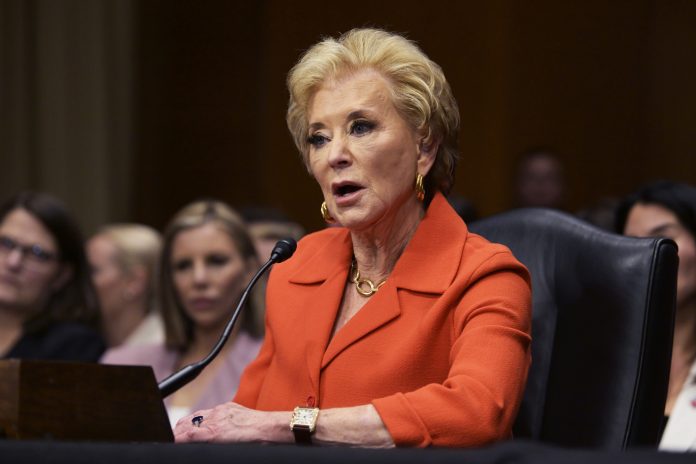- The Department of Education has opened public comment on a new rulemaking process for PSLF, PAYE, and ICR.
- The rulemaking is required under the Higher Education Act and will involve public hearings and negotiated committee input.
- Rules cannot be retroactive or conflict with federal law.
The Department of Education has announced a new round of rulemaking that could lead to major regulatory changes in three key federal student loan programs: Public Service Loan Forgiveness (PSLF), Pay As You Earn (PAYE), and Income-Contingent Repayment (ICR).
The announcement marks the beginning of the formal process to gather feedback and propose regulatory changes, a process required under the Higher Education Act of 1965. This rulemaking was expected both because of the executive orders that the President has signed, along with the ruling of the 8th Circuit Court in regards to SAVE.
Public comments will be accepted through the Federal eRulemaking Portal, and two public hearings will be held: one in person on April 29 and one virtual session on May 1. Anyone can sign up to speak at the public hearings.
Why This Rulemaking Matters For PSLF And IDR Plans
This latest rulemaking initiative is the Department’s response to changing legal and policy circumstances, including court decisions and executive orders that have altered the trajectory of federal student loan repayment programs.
The Department says it will use the process to assess existing regulations and determine whether revisions are needed to better align with both statutory requirements and operational realities.
The department has signaled that this process will include revisiting definitions of a qualifying employer under PSLF, potentially aligning future regulations more closely with a recent executive order issued by President Trump that sought to narrow eligibility based on employer type rather than the nature of work performed.
In addition, the Department will consider updates to PAYE and ICR repayment plans, especially in light of the broad injunction that called them both into question. PAYE, enacted during the Obama administration, and ICR remains one of the oldest IDR options available. Both programs could be rewritten to address implementation inefficiencies or concerns about outdated provisions.
You can read the PDF of the full rulemaking outline here.
What The Law Allows (And Doesn’t)
While the Department of Education can propose regulatory changes through this rulemaking process, it cannot rewrite the law. Regulations must fall within the statutory framework of the Higher Education Act and cannot be applied retroactively. That means changes made through this process would not alter existing repayment terms for current borrowers already enrolled in one of the programs.
For example, any effort to change eligibility rules for PSLF must comply with existing statutory definitions, including protections written into loan promissory notes. Similarly, attempts to eliminate or overhaul PAYE or ICR must be justified within the legal scope provided by Congress.
Furthermore, Congress can override anything within 60 days of implementation using the Congressional Review Act. While it’s unlikely given the current Congress, it is something that Congress can do – and they recently did it with the CFPB’s overdraft rule.
Next Steps And How To Participate
Public feedback is critical to shaping the outcome of this rulemaking process. Stakeholders are encouraged to attend the hearings and submit comments, especially if they are borrowers, school administrators, loan servicers, or nonprofit organizations involved in federal loan programs.
Written comments must be submitted through Regulations.gov within 30 days of publication in the Federal Register. Oral comments can be given during the public hearings, which require prior registration.
Negotiated rulemaking committees will be formed after the comment period closes. These committees will include representatives from various affected groups and will work directly with Department officials to draft proposed regulations.
This is the formal first step. Once rules are proposed, there will be a second opportunity for public input before any final rules are adopted.
Changes from this process would not take effect until at least July 2026, so borrowers would have time to adapt to any outcomes.
Don’t Miss These Other Stories:
Can President Trump Claw Back Student Loan Forgiveness?
10 Best Free Checking Accounts In April 2025
How Much Student Loan Debt Do Members Of Congress Have?
Create your very own Auto Publish News/Blog Site and Earn Passive Income in Just 4 Easy Steps





